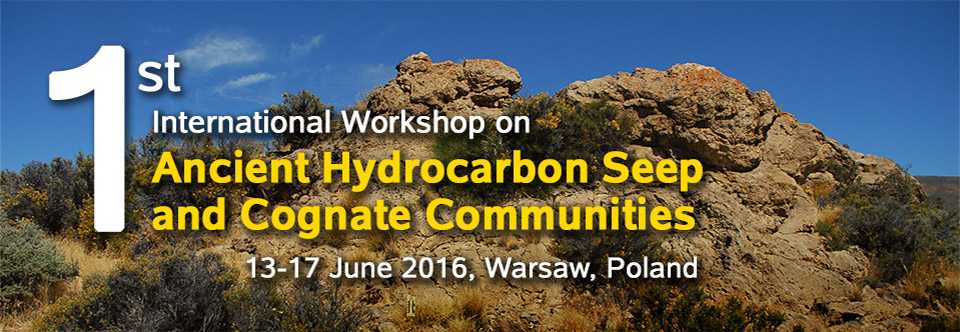
OPALISED CRINOID COMMUNITIES FROM THE BULLDOG SHALE, EROMANGA BASIN, SOUTH AUSTRALIA
Aaron W. HUNTER1 and Benjamin P. KEAR2
1Department of Applied Geology, Western Australian School of Mines, Curtin University, GPO Box U1987, Perth 6845, Australia; 2Depart ment of Earth Sciences & Museum of Evolution, Uppsala University, Norbyvägen 16 SE-752 36 Uppsala, Sweden.
Corresponding author: aaron.hunter@curtin.edu.au
Opalised fossils occur frequently within predominantly Aptian horizons of the Bulldog Shale at Coober Pedy and Andamooka in the southern Eromanga Basin of South Australia. The skeletal remains of amniotes are especially famous; however, taxonomically rich assemblages of benthic macroinvertebrates are far more prolific. During the Early Cretaceous, the Eromanga Basin was inundated by an epicontinental seaway characterised by endemic cool water communities, yet little is known about the structure of these ecosystems, how they were formed, or their potential links with amniote fall material which likely served as both benthic island substrates and a nutrient source. Mesozoic amniote fall macroinvertebrate communities have been previously reported from Cretaceous strata, such as in Hokkaido, Japan. Therefore, similar assemblages in the Eromanga Basin are in critical need of attention, particularly relative to their exceptional opalisation and occasional soft tissue preservation. In this study, we conduct a preliminary survey of the diverse invertebrates in the collections of the South Australian Museum including exceptionally preserved opalised crinoids, which are not only a new genus but also show strong affinities to coeval communities in Antarctica. Additional crinoid material, discovered outside of the opal sediments, is associated with driftwood, and so far, one plesiosaur skeleton has been encountered with associated macroinvertebrates. We discuss the crinoid data in relation to these benthic island habitats to try to better understand their community structure.
